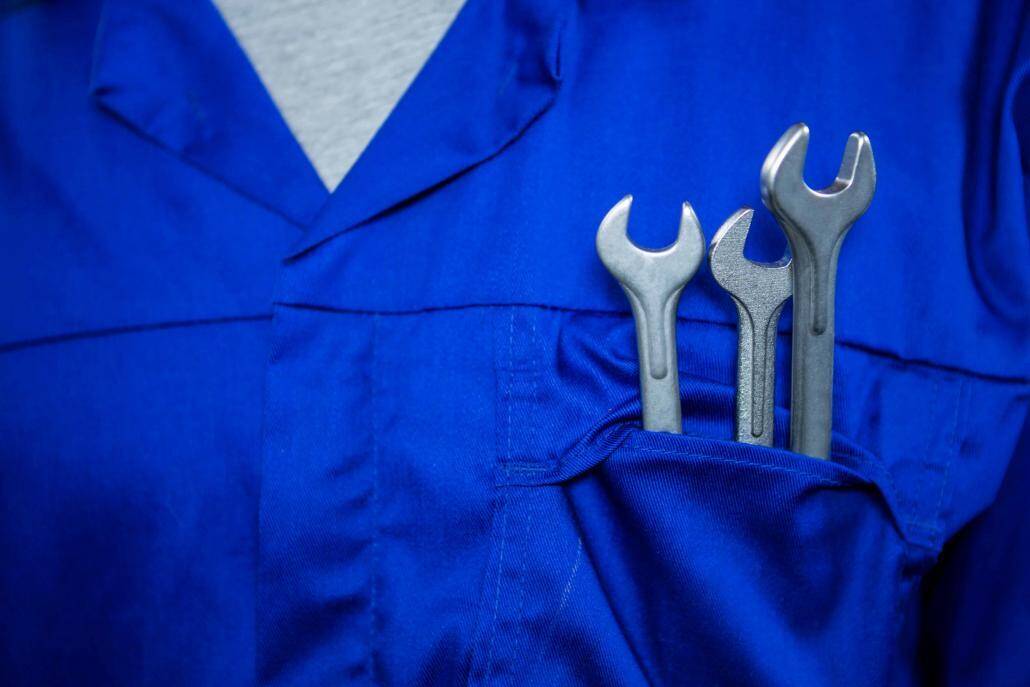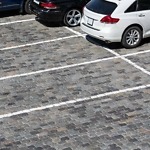How are you managing your security and parking system maintenance?

How are you managing your security and parking system maintenance?
If you don’t give much thought to your security and parking system maintenance, you’re not alone.
A recent article in Campus Safety talked about their survey results around security camera maintenance. Over half of the respondents felt that their security cameras had “moderate to significant maintenance issues.” They found that many had concerns with their access card controls.
“The maintenance issue is much bigger than most of us realize. I suspect it’s a case of “we don’t know what we don’t know.” Also that hospitals, schools, and universities haven’t developed the systems and processes. These processes are needed to track when their security equipment requires updates or repairs.” the article says.
Security and Parking System Maintenance
When it comes to maintenance on your parking or security system, there are two broad areas to consider.
The first is the regular maintenance of hardware.
For License Plate Recognition (LPR) cameras installed at a fixed location: Maintenance can range from checking if the camera is functioning correctly, to removing vegetation or obstructions that may impact the line of sight for the camera. LPR cameras fixed to vehicles need to be inspected on a regular basis. This ensures they are functioning correctly and not in need of repair.
If your patrol teams use handheld units, they should also be checked frequently to ensure they’re physically in good condition.
Software Maintenance
The second thing to consider is software maintenance. Software maintenance has its own demands, especially if your security or parking system is a mix of different software integrated with each other. You have to install patches for each, but you also need to consider how patching one impacts the integration with another software. You should work with your vendors to be sure updates don’t create problems. Install all patches or updates from software as soon as possible.
However, if you use a single-vendor system, you should be looking for regular updates that not only improve functionality but also keep your software secure. You have less to be concerned about with timing and compatibility. If your security or parking system is a “hosted solution” you don’t have to worry much about updates or patches because they can be pushed out to your system without any action from you.
You can work confidently knowing you’re running the most current version of the software. At OPS-COM, when we are preparing an update that affects vital workflows, we will often push the upgrade to a “preview” space first. This way, you and your team can test it and become familiar with it before we update your live system. We think it’s essential that new features unexpectedly appear to users.
Creating a Maintenance Schedule
Inspect most equipment or hardware at least annually, but also when something changes, that might impact its functionality. Check your security camera, for example, annually. Also, after any significant weather event that might have caused damage or changed the environment around its location. We recommend that our clients with LPR cameras check the wear of all cables every 12 months. Be aware of wiring when installing new devices in the area.
Install software updates or patches as soon as possible. Our software has several releases each year with updates to features or bug fixes. We work with our clients to be sure updates on all devices or systems shortly are functional after the release.


